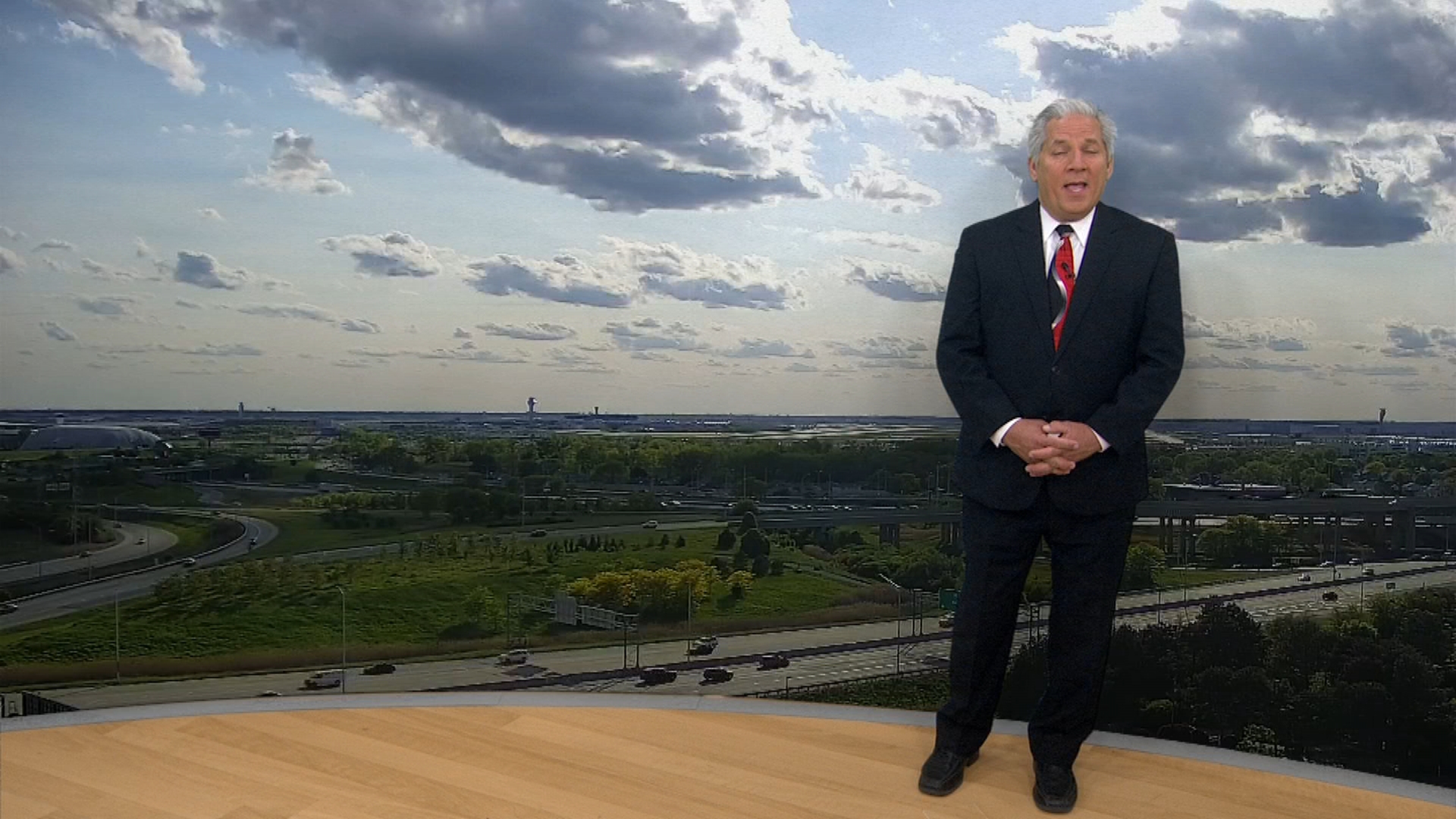Editor's Note: Here's the latest forecast for the weekend of Oct. 20. Our original story continues below.
The NOAA's Climate Prediction Center has released its latest winter weather projections, but how will El Niño impact things in the Chicago area?
Typically, El Niño leads to warmer-than-average temperatures and drier-than-normal precipitation levels in the Midwest, and the NOAA believes that pattern will hold into 2024.
According to the NOAA’s seasonal temperature outlook, which runs from Dec. 1, 2023 to Feb. 29, 2024, forecasters are “leaning” toward a warmer-than-normal winter for most of Illinois and Indiana.
That level of confidence grows for areas near Lake Michigan, with forecasters saying temperatures will “likely” be above normal for the winter months, including in the city of Chicago.
Most of the Midwest and the northern U.S. will see above-average temperatures, with the greatest confidence that the Pacific Northwest and New England, according to the projections released Thursday.
In terms of precipitation, most of Illinois is expected to have roughly normal snowfall amounts this winter, but nearly all of Indiana, as well as far-eastern Illinois, is projected to have below-average amounts of precipitation during the winter.
Local
The southern United States is expected to see wetter-than-normal conditions, in line with previous El Niño events.
What is an El Niño?
Feeling out of the loop? We'll catch you up on the Chicago news you need to know. Sign up for the weekly Chicago Catch-Up newsletter here.
El Niño refers to a time in which sea-surface temperatures in the Pacific Ocean, particularly near the equator, are unusually warm, according to Dr. Jim Angel, a state climatologist in Illinois. It is the opposite of a La Niña.
"These (increased water temperatures) change the weather patterns over the Pacific Ocean, which in turn changes the weather patterns for much of the rest of the world," Angel said.
According to the NWS, "during normal conditions in the Pacific ocean, trade winds blow west along the equator, taking warm water from South America towards Asia." Thanks to a process called "upwelling," however, cold water rises from the bottom of the ocean to replace the warm water. But an El Niño causes the trade winds to weaken and the warm water is then pushed back east.
What does an El Niño do to weather conditions?
Typically, an El Niño year can mean parts of the northern U.S. and Canada are drier and warmer than usual, but the Gulf Coast and Southeast can see wetter-than-normal conditions, along with an increased risk of flooding.
What about the Chicago area?
Last winter provided a surprising amount of rain and warmer-than-normal temperatures in the Chicago area and the latest forecast could mean a repeat.
Typically for Illinois, an El Niño event's impact varies depending on its size, intensity, and duration, Angel said.
"As a result, the impacts can vary from one event to the next. In addition, there may be other factors that influence Illinois weather during these events," Angel said.
In general, some of the impacts could include:
- Summers tend to be slightly cooler and wetter than average
- Falls tend to be wetter and cooler than average
- Winters tend to be warmer and drier
- Springs tend to be drier than average
- Snowfall tends to be below average
- Heating degree days tend to be below average, which means lower heating bills.
Such a development would be in line with how El Niño events typically unfold. During those instances, Illinois and the Chicago area typically see warmer temperatures and below-normal precipitation, especially in the fall and winter months, according to researchers at the University of Illinois.



